Part 60: Europa Universalis III: Chapter 30 - Epilogue: End of an Era
Modernizer faction won the vote.
Epilogue: End of an Era
The era of Swabian dominance appears to be coming to an end, with Italy lost and its German population feeling less and less like Swabians - and more and more like Germans. Swabia is struggling in the wake of the revolutions and liberal awakenings, but it remains to see whether it will manage to transform itself and be stronger for it, or simply be left behind as the world moves on.
A map of the world of 1800 has been created, including a mapping of the state religion of each country and dominant religion in major colonies. New on the map are the former British colonies of Philippines and Australasia who have finally formed independent republics after decades of being controlled by Cathari rebels.

Swabia in 1800. Despite Emperor Augustin's reactionary efforts, Swabia has steadily become more liberalized with a careful, gradual abolishment of serfdom and church powers. The economy and army remain strong, though not as strong as they were before the splitting of the crowns.

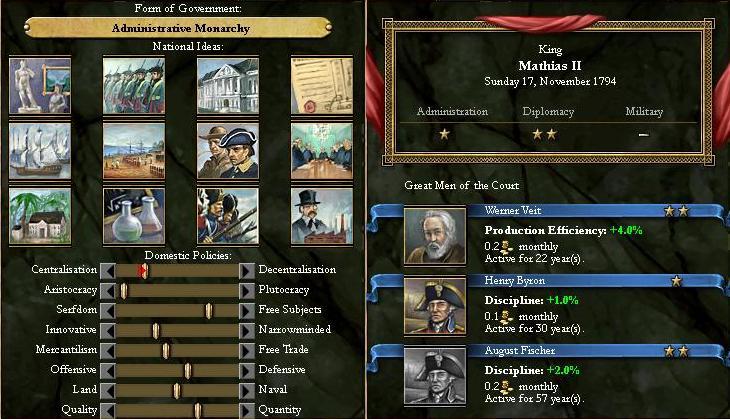
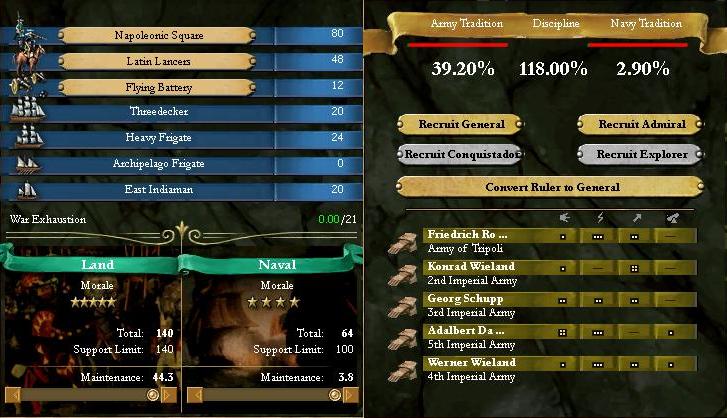

The Empire in 1800. Composed of 15 member states, it may be a shadow of its former self in terms of membership, but in territory, it is quite impressive.
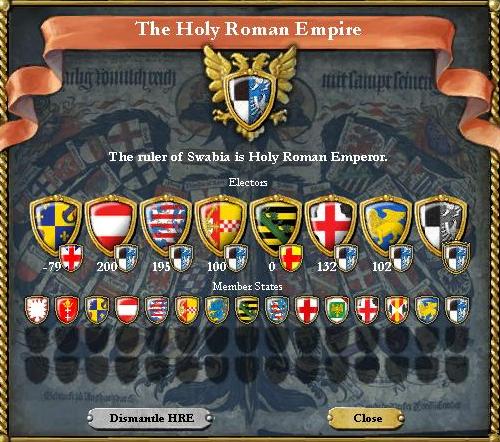
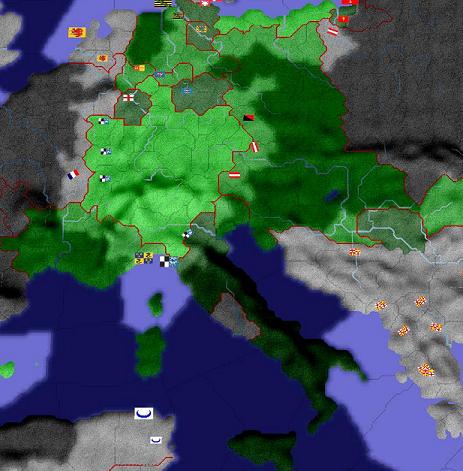
Cultural divides in Europe as of 1800 - Germanic culture dominates middle europe and is making gains in Slavic Austria, but the cultural borders between Germany and France have remained mostly static since the 13th century.

Econimically, Byzantium continues to dominate despite some internal problems, and Swabia maintains a strong second place. Despite some problems with inflation, Lithuania's new Siberian territories are providing a steady flow of income in gold and fur for the Empire, bringing it up to third place, while Republic of Mazula's agricultural modernizations has allowed it to climb to fourth.
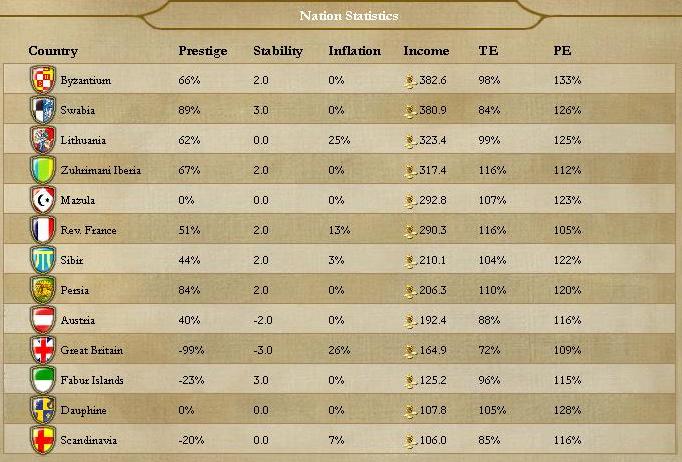
Zuhriman maintains the largest army in the world, with Byzantium a strong second. France and Swabia's armies are roughly equivalent as well, and Great Britain continues to maintain a large army, even though it puts said army to little use.

On the naval side, Mazula's newbuilt navy now rivals that of Great Britain, while Swabia's navy took substantial losses in the Zuhriman war, bringing Swabia down to third place in naval pwoer.
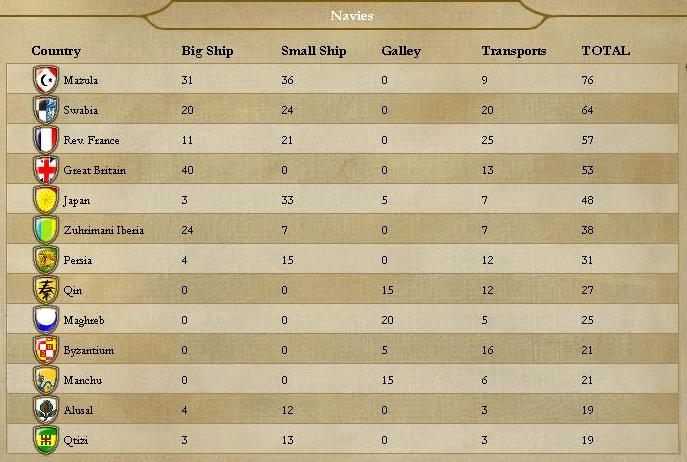
In this new century, the Great Powers of the world have emerged through a combination of economic, military and naval might. Heading the pack is Zuhriman Iberia and its French puppet, forming a formidable revolutionary power block with military, industrial and colonial might in abudance.

The Byzantine Empire, spanning more territory than in a milennia or more, is an economic and military power to be reckoned with, although internal strife and a recent trend of introspection has diminished its influence in Europe somewhat.

Feudal and reactionary, in the Lithuanian Empire serfdom is alive and well, and a tiny minority of Lithuanian landowners have split its vast areals between them while the peasants toil in crushing poverty. Its army, while somewhat unmodern, is still vast in size and a power to be reckoned with in the east.
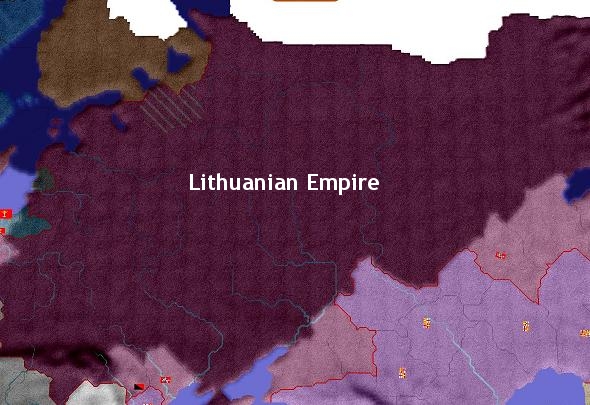
Ortenburg Austria still plays the role of runner-up to Swabia in Germany, but has achieved a fame of its own for the unparalelled discipline and modernization of its army corps. Lacking a colonial empire, its economical power remains rather modest.

Standing between the Byzantines and complete domination of Asia is the reborn Persian Empire, recently radically modernized by its brilliant Shah Ismail II. It has acquitted itself well in several wars against the west, even succeeding in conquering several Austrian and French colonies.

The Republic of Mazula is the only true power among the former colonies, an empire that stretches from Honduras to Alaska. An economic powerhouse lacking a large population, it relies heavily on mercenaries and foreign agents to carry out its agenda of spreading liberal Islam around the globe.
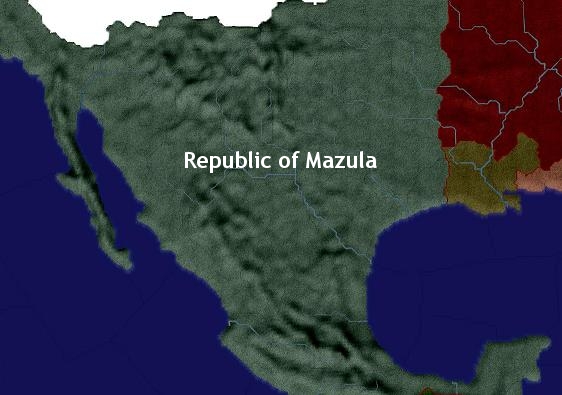
Though not Great Powers by European standards, Asia is dominated by the struggle between its two giants - the Qin Empire and the Sibir Khanate. Despite Swabian subsidies and weapons, the Qin have lost several territories to the Mongols, who threaten to spill into China proper and forge a new Mongolian China.
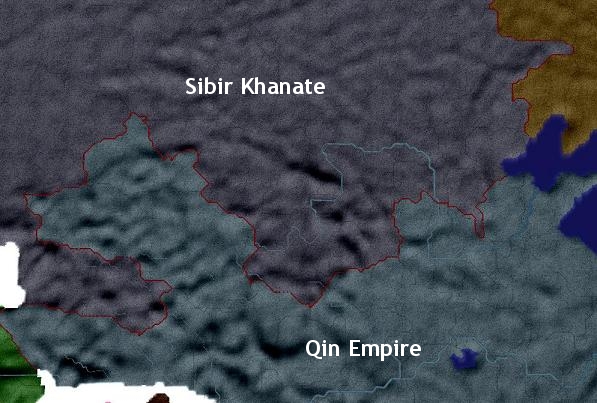
From a largely stable 18th century dominated by a carefully maintained balance of power, the world has descended into chaos, and the 19th century promises to be one of blood and steel, where nations are born and destroyed on the field of battle.
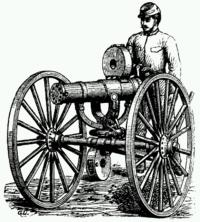
Yet, the industrial reformation of the West, which is only just beginning to bloom in Mazula and Iberia, paints a different picture - of progress and innovation, of wealth and prosperty never before seen.
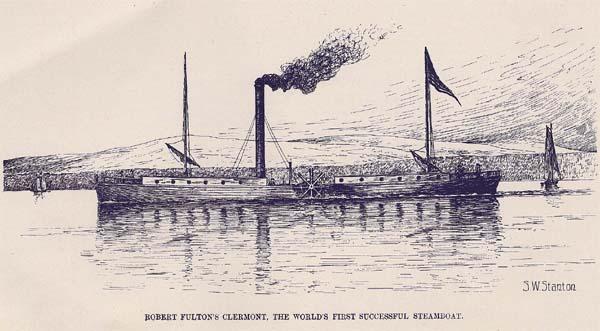
Whatever the future that awaits Swabia and the Empire, one thing is for certain: Nothing will ever be quite the same again.
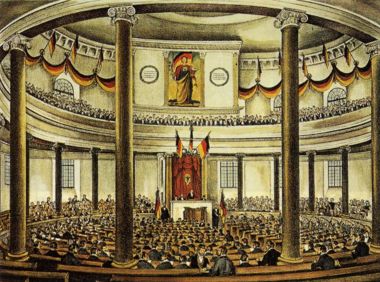
That's all for EU3, I'll see all of you in Victoria.